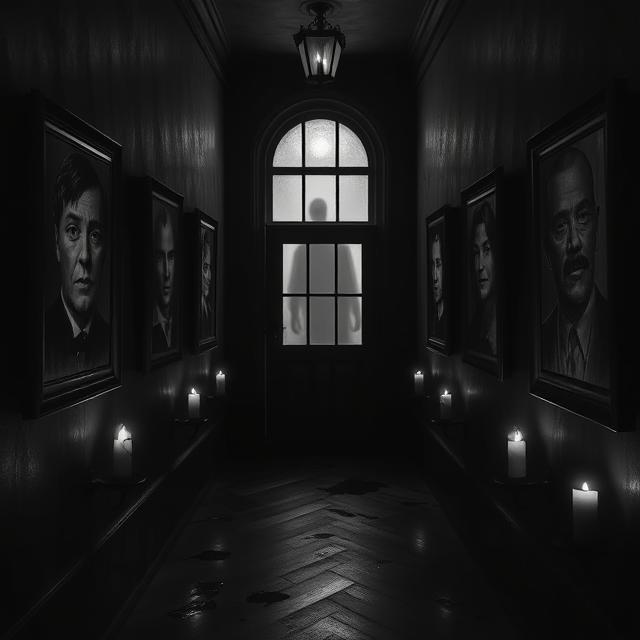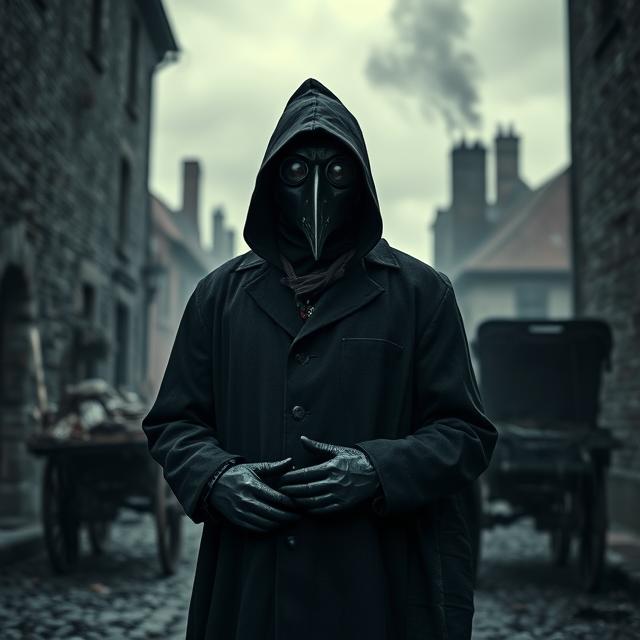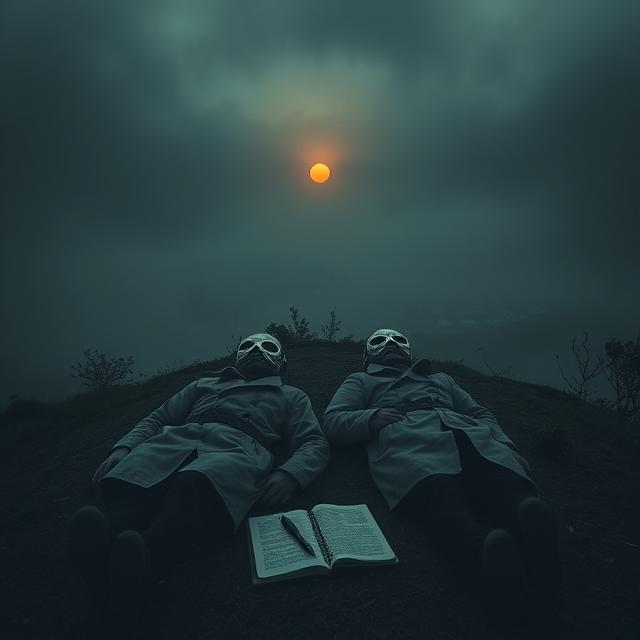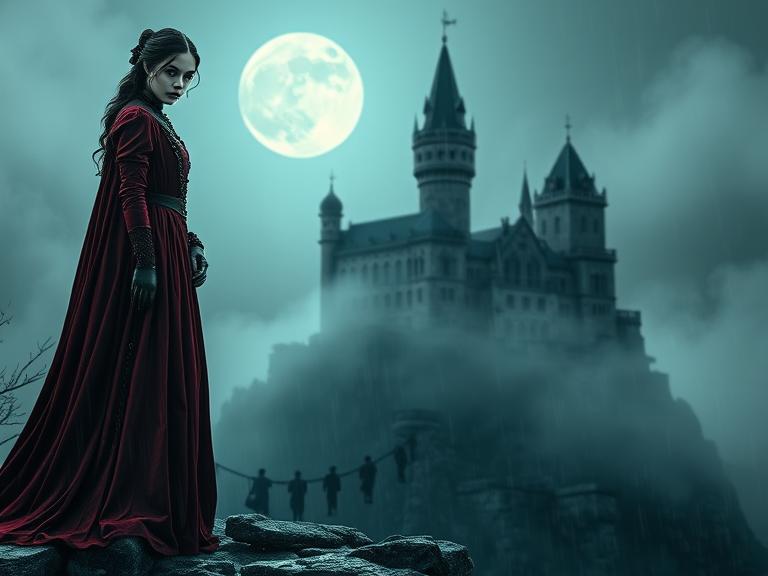Throughout history, some names become more than infamous—they become eternal. These are the individuals who crossed a line most never approach, who didn’t just take lives, but reshaped fear itself.
They became legends, specters that linger long after their deaths. Their motives ranged from madness to power, greed to rage. Some were never caught. Some claimed innocence. Some smiled as the noose tightened.
In this special feature, we examine ten of the most notorious killers the world has ever known. These are not just murderers. They are cultural phantoms, twisted reflections of the societies that spawned them.
Their stories are soaked in blood and shadow.
1. Jack the Ripper: The Knife That Never Dullened
In the slums of Victorian London, between August and November 1888, a killer hunted the women of Whitechapel. He struck at night, with surgical skill, and disappeared into the fog before dawn. His victims—Mary Ann Nichols, Annie Chapman, Elizabeth Stride, Catherine Eddowes, and Mary Jane Kelly—were mutilated with escalating brutality.
He taunted police with letters, some real, others hoaxes. He signed them: Jack the Ripper.
No one was ever caught. Suspects ranged from barbers and butchers to royalty. Each theory birthed new legends.
But the Ripper’s real power came from what he left behind—fear without a face.
2. Lizzie Borden: The Axe and the Alibi
On August 4, 1892, in Fall River, Massachusetts, Andrew and Abby Borden were hacked to death in their own home. The murder weapon: a hatchet. The prime suspect: their daughter, Lizzie.
Lizzie was arrested, tried, and famously acquitted. No one else was ever charged. The brutality of the killings and Lizzie’s cold demeanor during the trial made her a national sensation.
She became a rhyme, a nursery chant:
“Lizzie Borden took an axe…”
To this day, debate rages. Was she a killer or a scapegoat?
The truth may still lie in that locked upstairs room.
3. H.H. Holmes: The Devil in Chicago
When the World’s Fair came to Chicago in 1893, so did death. Behind the facade of hospitality, Dr. H.H. Holmes built a three-story hotel engineered for murder.
Nicknamed the Murder Castle, it contained hidden chambers, trap doors, gas lines, soundproof rooms, and a crematorium. Holmes lured young women with promises of work or love. Many were never seen again.
Holmes confessed to 27 murders but may have killed up to 200. He was hanged in 1896.
His castle was demolished, but the legend remained—of a man who turned architecture into a weapon.
4. Ed Gein: The Butcher of Plainfield
In 1957, police in Plainfield, Wisconsin, searched Ed Gein’s farmhouse. Inside, they found horrors that defied imagination—bowls made of skulls, masks stitched from human faces, and furniture upholstered in skin.
Gein had robbed graves, murdered two women, and used the remains to build his twisted trophies. He claimed he wanted to resurrect his mother or become her.
Though only convicted of two murders, his crimes inspired generations of horror—from Norman Bates to Leatherface to Buffalo Bill.
Gein was the real boogeyman, a quiet farmer who stitched nightmares from corpses.
5. Ted Bundy: The Charm That Killed
He was handsome. He was smart. He was death.
Ted Bundy roamed America in the 1970s, killing women with methodical cruelty. He faked injuries to lure victims, then beat, strangled, and desecrated their bodies. He escaped from jail twice, committed murders in multiple states, and defended himself in court.
His body count? At least 30. Likely many more.
Bundy redefined the serial killer mythos. He wasn’t a shadowy figure in an alley—he was the man next to you in class, smiling as he planned your end.
He died in the electric chair in 1989. Smiling.
6. Jeffrey Dahmer: The Milwaukee Cannibal
Between 1978 and 1991, Jeffrey Dahmer murdered 17 young men and boys. His crimes weren’t just about death—they were about control, dissection, and desecration.
He drugged his victims, performed crude lobotomies, and kept parts of their bodies for trophies or consumption. When police finally caught him, his apartment contained severed heads, freezers full of flesh, and photos of victims mid-dismemberment.
Dahmer was sentenced to life but was beaten to death in prison in 1994.
His crimes forced America to confront its own darkness—and the fragility of the line between normalcy and horror.
7. Albert Fish: The Boogeyman in Letters
He called himself “The Gray Man,” “The Werewolf of Wysteria,” and “The Brooklyn Vampire.” His crimes were unspeakable.
Albert Fish murdered children in the 1920s and 1930s, but what made him monstrous were his letters—sent to grieving parents, describing in excruciating detail how he killed and ate their children.
Fish believed he was commanded by God to commit these acts. He inserted needles into his own body, beat himself with a paddle embedded with nails, and relished pain.
He was executed in 1936. The chair reportedly short-circuited from the sheer number of metal needles in his body.
Hell may have room, but it had to dig deeper for Fish.
8. Richard Ramirez: The Night Stalker
In the summer of 1985, Los Angeles became a city without sleep. A killer was on the loose—entering homes through unlocked windows and slaughtering indiscriminately.
Richard Ramirez raped, tortured, and killed in a frenzy that mixed Satanic ritual with brutal violence. He left pentagrams at crime scenes and told victims to “swear to Satan” before killing them.
He was finally caught by civilians who recognized him from a photo. His trial was chaotic. He showed no remorse.
In court, he smiled and said: “Hail Satan.”
The devil didn’t need a pitchfork. He wore black clothes and a dead gaze.
9. Aileen Wuornos: The Highway Executioner
Between 1989 and 1990, seven men were shot and killed across Florida. The killer was not what the media expected.
Aileen Wuornos, a former sex worker, claimed self-defense. She said the men had tried to assault or rape her. But the killings were methodical. Point-blank executions. Robbery was often involved.
Wuornos became a symbol—of trauma, vengeance, and madness. She was portrayed in films, dissected in court, and eventually executed in 2002.
Her final words: “I’ll be back.”
Was she a serial killer? A victim of lifelong abuse? Or both?
10. Charles Manson: The Prophet of Death
Manson never wielded a knife, but his followers did.
In 1969, under his orders, the Manson Family murdered seven people, including pregnant actress Sharon Tate, in a bloody rampage that shocked the world. Their motive? Manson’s twisted belief in an impending race war he called Helter Skelter.
He preached chaos. He orchestrated horror. He carved an X into his forehead and smirked during trial.
Manson became a symbol of counterculture gone mad. Of charisma weaponized. Of how easy it is to lead people into hell with just a smile and a song lyric.
He died in prison in 2017. But the echoes of his cult remain.
These ten figures were more than killers. They were cultural earthquakes—each reshaping fear in their own time.
Some were never caught. Some went quietly. Some begged for the chair. But all of them forced society to look at what lurks beneath the surface.
They remind us that evil doesn’t always wear horns. Sometimes, it wears a smile. A doctor’s coat. A neighbor’s grin. Or a child’s rhyme passed down through generations.
And sometimes, it disappears into the fog, never to be seen again.
For more cases like this, explore our archive. SinisterArchive.com—where the legends are real.




